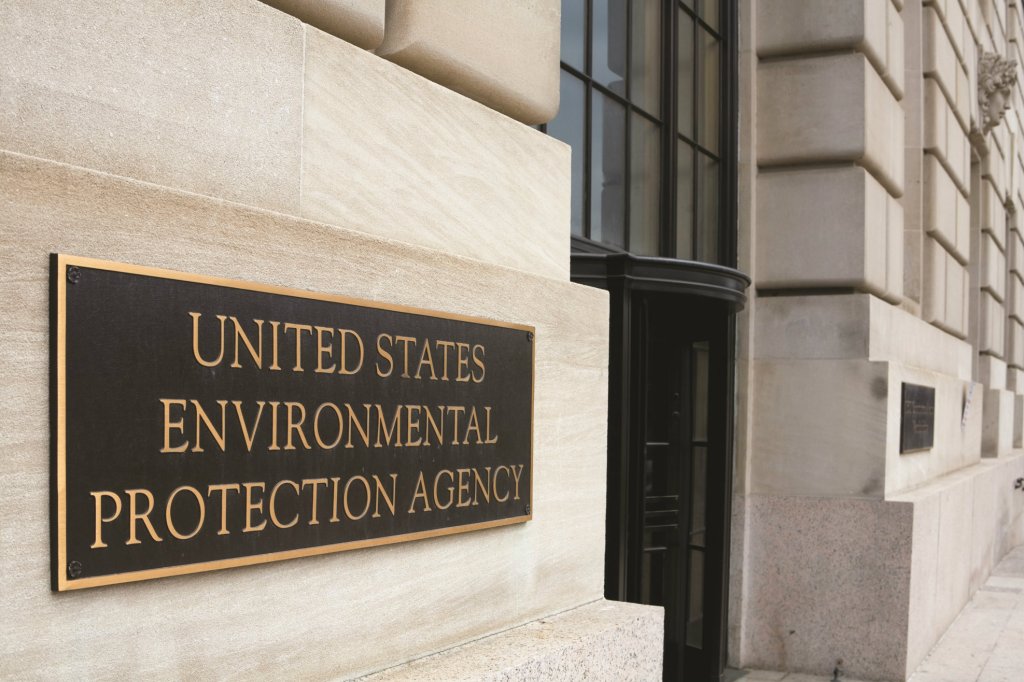As President Donald Trump looks for ways to curtail government expenditures, the industry could lose a program that has helped expedite utility rebates for variable-speed pumps.
The Energy Star program is run by the Environmental Protection Agency and the Department of Energy. A budget proposal for 2018 submitted by the President would reduce EPA funding by 30 percent, and the DOE’s budget by 5.6 percent. As part of those efforts, the Energy Star program would end.
In the immediate future, such drastic cuts are not imminent, as Congress passed a budget to carry the federal government through the end of September, 2017. That budget only trimmed EPA by $80 million, representing about 1% for the agency.
However, negotiations over the 2018 budget proposed by Trump have yet to take place.
“I’m very concerned that it could be removed,” said Jeff Farlow, program manager of energy initiatives for Pentair Aquatic Systems in Sanford, N.C.
Once the Energy Star label could be applied to certain energy-efficient pool pumps, it became much easier for utilities to offer rebates as an incentive to purchase the products. It provided a quick barometer — if the product meets Energy Star guidelines, it qualifies for a rebate. “We’ve seen the number of rebate programs almost double within a year or two of the certification going into place,” Farlow said.
Some share a concern that, without such an easy gauge of a product’s efficiency, rebate programs will be harder to promote. Customers trust the Energy Star label, observers say, because they believe in its objectivity, compared with something run by parties interested in selling products.
“We’re concerned, because Energy Star gives a validity to the programs that we’re running,” said Julie Gidley, senior manager, program operations with Ecova, a firm that runs energy-efficiency programs for utilities nationwide. She oversees residential programs in Arizona. “There’s no other kind of governing body or resource that fills the niche that Energy Star does for us.”
However, these observers also say it is too soon to despair. The budgeting process takes a long time and involves a lot of push and pull, they said, so it’s hard to know the chances of the plug being pulled.
In April, industry reps visited the offices of House Speaker Paul Ryan and Senate Majority Leader Mitch McConnell, where legislative staff pointed this out. “There’s a lot more that has to happen …” Farlow said. “So I don’t feel the imminent death of it. Sure it’s a threat, but I don’t see it as destined for the chopping block.”
And it’s a popular program. According to NPR, about 1,000 companies have signed a letter seeking to strengthen the program, and at least 80 nonprofits and companies have written Congress to retain it.
Gary Fernstrom, who has been involved in developing state efficiency standards and criteria for potential rebate programs, hopes the Energy Star moniker will live on — and remain in place for efficient pumps. He’s less optimistic that Energy Star certifications will become available for other products that have been considered, such as pump motors and efficient booster cleaner pumps. Fernstrom worries President Trump might resist spending the funds required to start new Energy Star programs.
“There are other products … that do save a lot of energy and would benefit from that recognition,” said Fernstrom, an energy consultant and retired executive with Pacific Gas & Electric. “But I think it’s going to be difficult for the EPA to add anything to Energy Star moving forward.”
There have been rumblings about potentially moving Energy Star completely to DOE or privatizing it, Farlow said. He worries privatization would lead to a pay-for-play scenario. “We don’t like that idea, because we just think that will turn it into a big marketing thing…” he said. “We think the independent, non-biased program overseen by the EPA is really the best way to go.”
